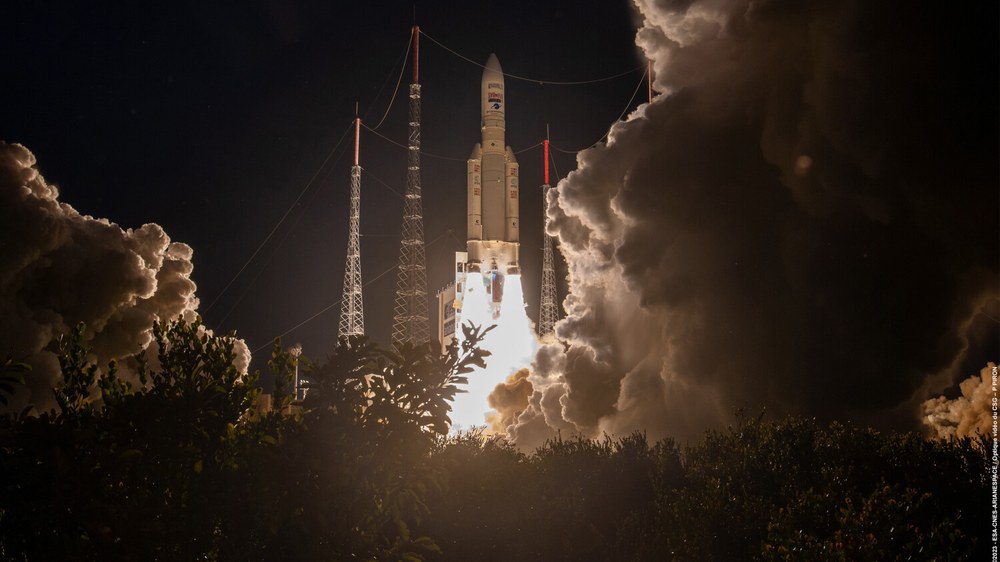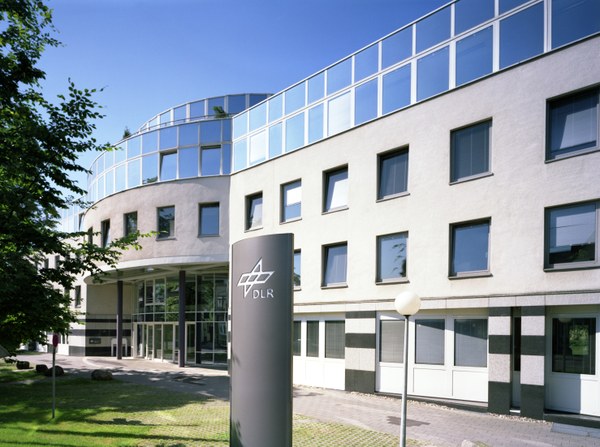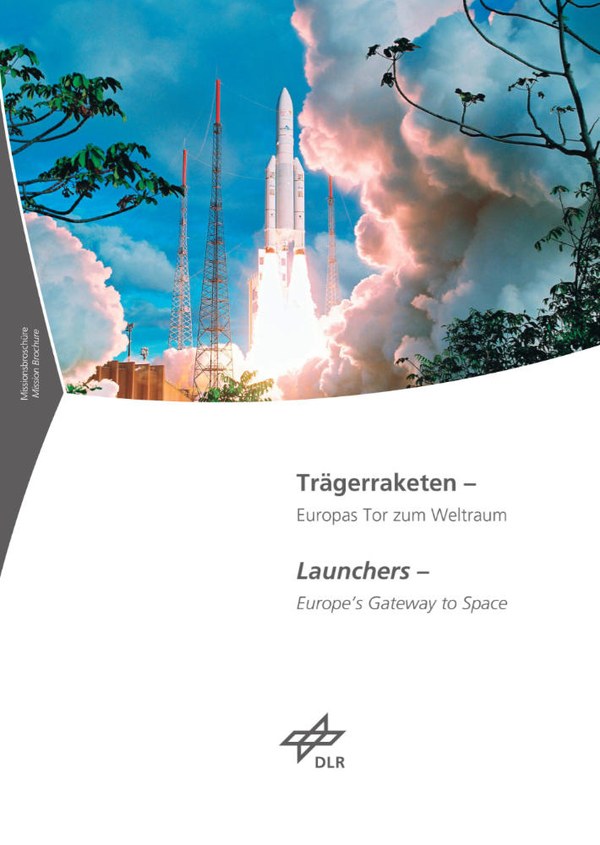Ariane – Europe's launcher
Ariane 6
The Member States decided to develop the new Ariane 6 launch system Suring the ESA Council Meeting at Ministerial Level held in December 2014. This decision represented an important milestone. For the Ariane launch system to remain successful in international competition over the long term, it must not only be further developed technically, but also be operated economically. A prerequisite for achieving these goals was a restructuring of the European launcher sector; responsibilities, costs and risks will in future be shared between ESA and the European space industry. The launch costs should therefore be substantially reduced compared to Ariane 5.
This cost reduction and the modernisation of the proven Ariane system are important advantages during the current rapid changes in the commercial launcher market, which new participants are increasingly entering. For Ariane 6, many components draw on the experience and technologies of Ariane 5. The designers have combined existing components that have proven reliable with new elements. The new European launcher Ariane 6 was successfully launched into space on 9 July 2024.
The new Ariane 6 uses the propellant combination of liquid hydrogen and liquid oxygen in both the main and upper stages. The new main stage is technologically based on the ‘old’ main stage of Ariane 5 but is designed to be cost-optimised. The upper stage is a modification of the new upper stage already planned for Ariane 5 ME, with the re-ignitable Vinci engine. Depending on the configuration, Ariane 6 can carry a payload of four-and-a-half or 12 tonnes to GTO; for this it is equipped with either two or four solid-propellant boosters. It is constructed by the European space company ArianeGroup.
Germany is also involved in the development of Ariane 6, contributing approximately 21 percent of the total cost of the programme. The German Space Agency at DLR is coordinating the German component of the ESA budget on behalf of the Federal Government. The DLR site in Lampoldshausen was significantly involved in all development stages of the Ariane 6 propulsion system – testing the Vinci and Vulcain engines, their further development and the qualification of the entire upper stage.


Ariane 5
Ariane 5 has one of the best records of all regularly operated launchers worldwide. In service since 1996, Ariane 5 is designed to transport heavy payloads, weighing up to 11 tonnes, into Geostationary Transfer Orbit (GTO) using a dual-launch system. The European launcher has gained a considerable market share in this segment of launch services for telecommunications satellites – it has not only carried more than 100 satellites and spacecraft into space, but also launched the European Automated Transfer Vehicle (ATV) freighters on their way to the International Space Station ISS. One of the most prestigious space missions of all time, the NASA, ESA and CSA James Webb Space Telescope, the successor to the famous Hubble Space Telescope, flew on an Ariane 5 at the end of 2021. On its last flight on 6 July 2023, it launched the German communications satellite Heinrich Hertz into space.




